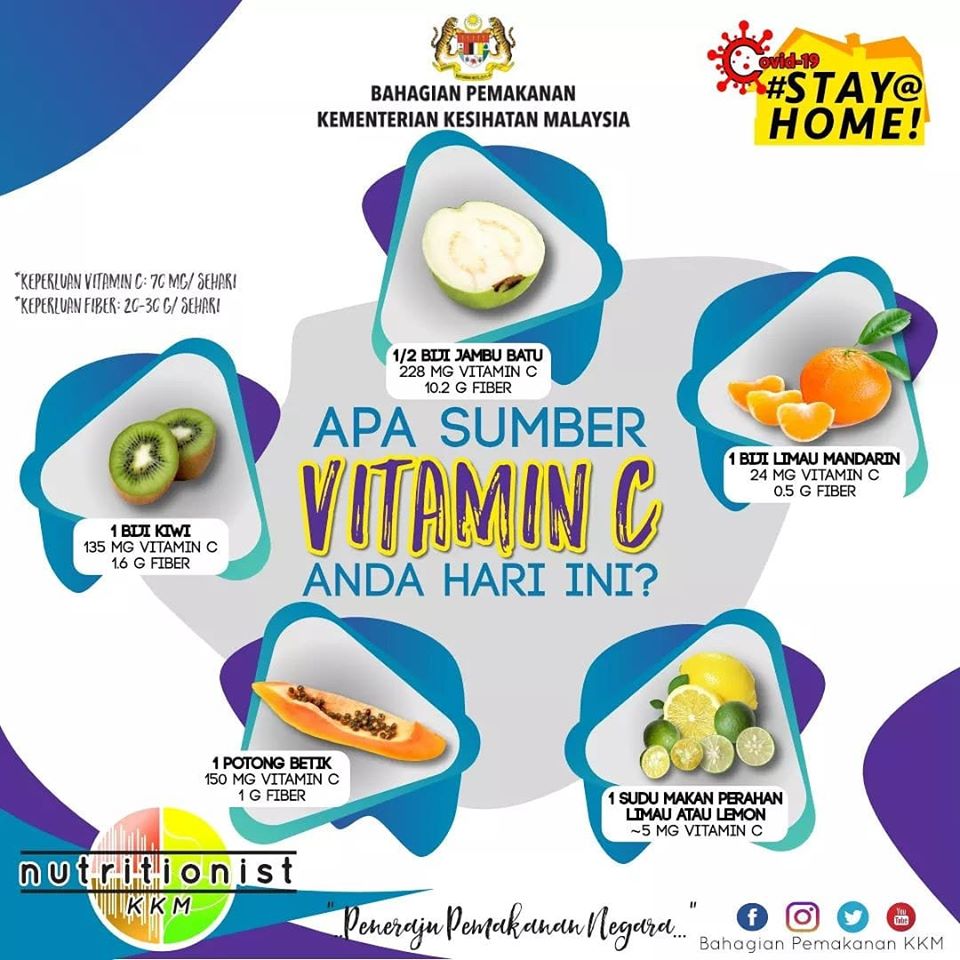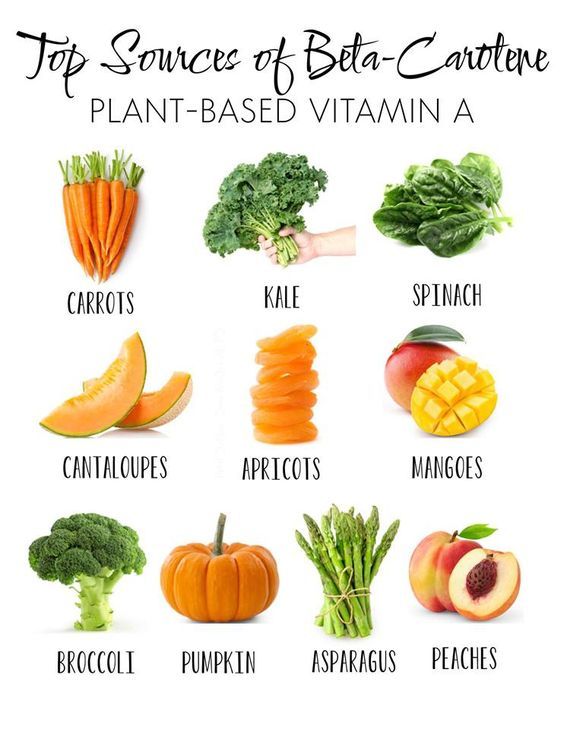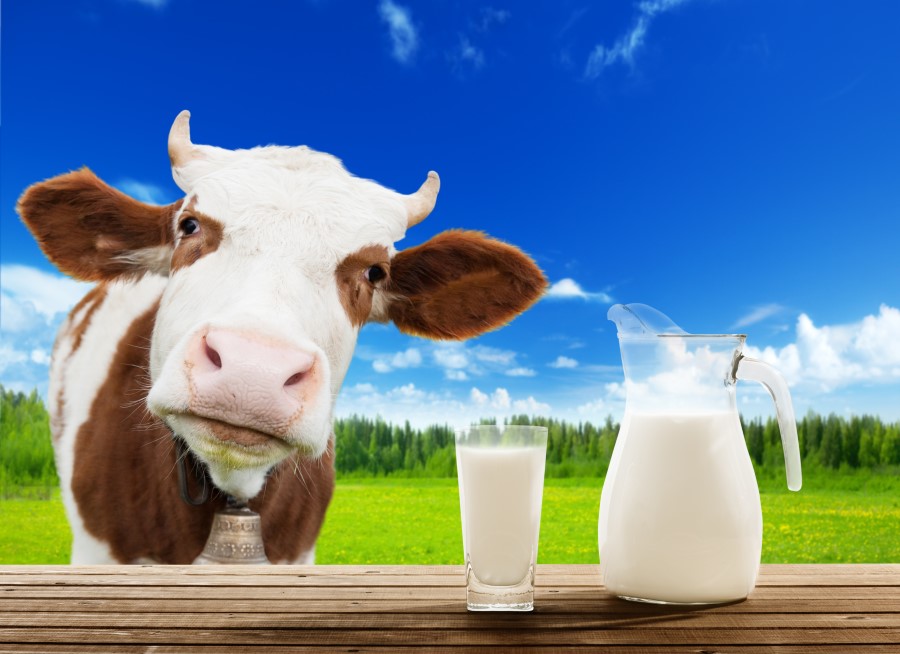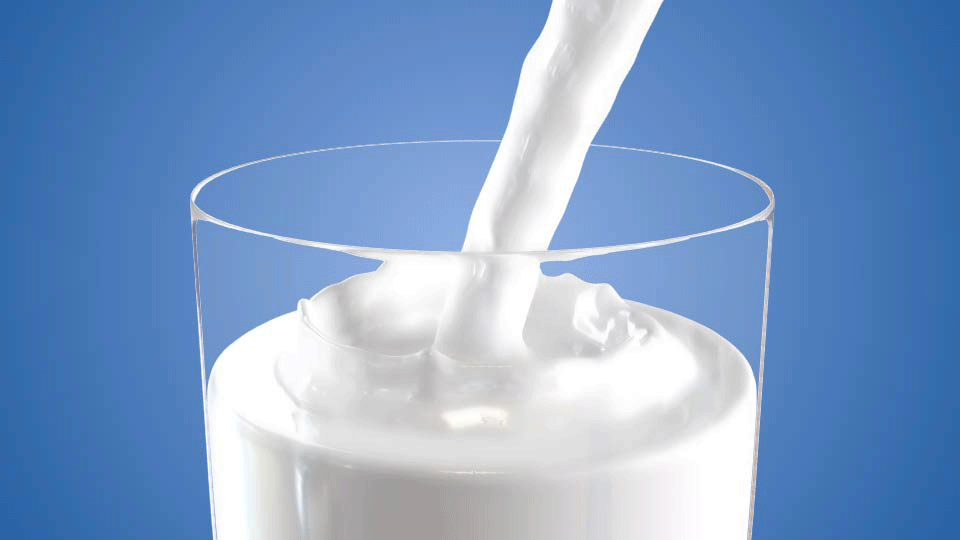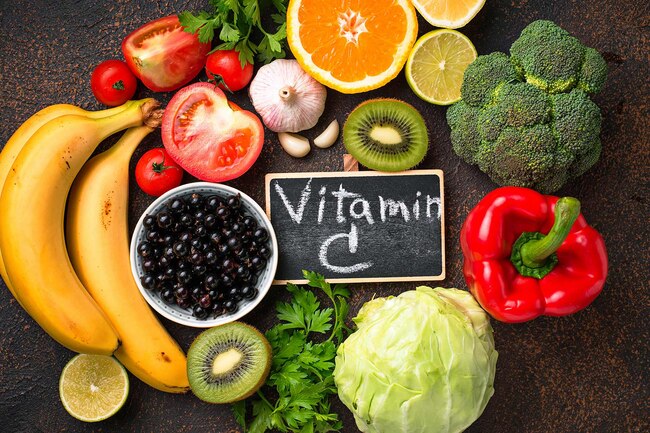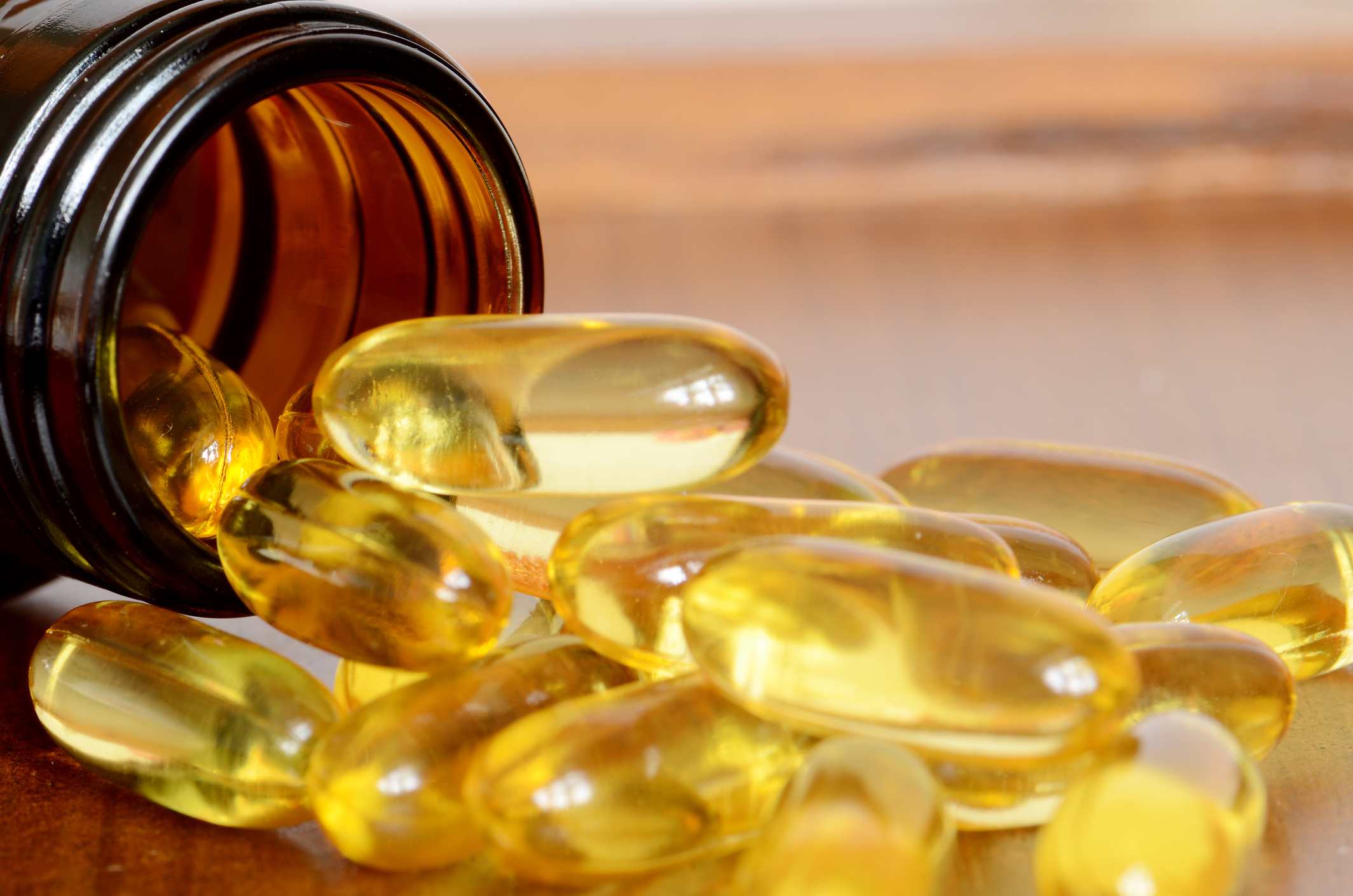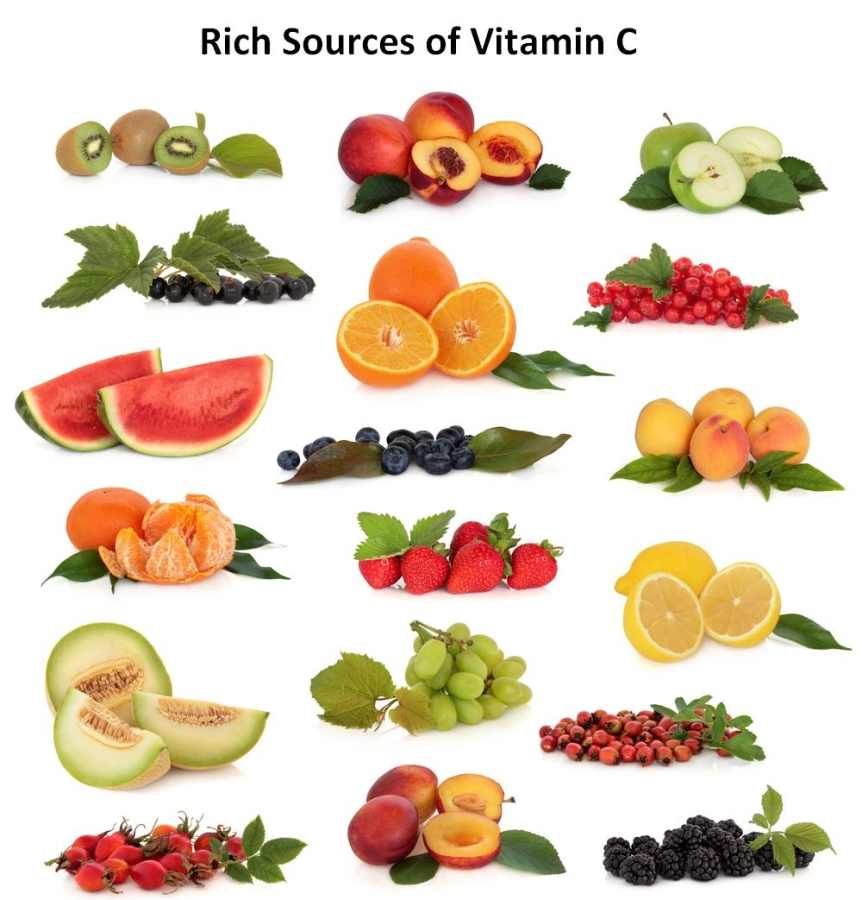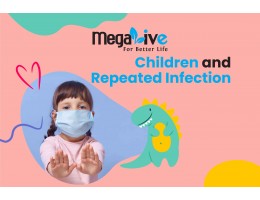
Consistency is key when it comes to reaping the benefits of most breathing exercises. These exercises can be performed while standing, sitting in a chair with proper lumbar support, or lying down on a bed, yoga mat, or the floor. Ensuring your comfort is paramount; if anything restricts your breathing, adjust it as necessary. When lying down, extend your arms slightly away from your sides, with your palms facing upward, and maintain your legs straight or bend your knees so your feet lie flat on the floor. If you're sitting, rest your arms on the chair's armrests. In both sitting and standing positions, ensure both feet remain flat on the ground, spaced approximately hip-width apart. Inhale gently and steadily, some may find it helpful to count slowly from 1 to 5. Initially, reaching 5 may be challenging, but that's perfectly fine. Inhale through your nose and exhale through your mouth. Allow your breath to penetrate deep into your abdomen, never force it. As you inhale, you'll feel your chest expand, and as you exhale, your abdomen will rise. Practice this for 3 to 5 minutes (1,3).

Asthma and Buteyko Breathing
Asthma, a debilitating chronic condition characterized by airway hyper-responsiveness and associated respiratory symptoms, is exceedingly common and often presents as a primary complaint in healthcare clinics, even in Malaysia (3,4).
While there aren't many studies exploring the efficacy of Buteyko breathing exercises in treating asthma, a recent review study from 2018 opted to withdraw due to insufficient studies meeting contemporary scientific standards (3,4). Nevertheless, it's worth noting that researchers did conclude that, although they couldn't draw definitive conclusions regarding the use of breathing exercises in clinical asthma management, there was a promising trend in improved quality of life measures. This implies that individuals with asthma who incorporate Buteyko breathing into their daily routines report a potential enhancement in their quality of life, potentially experiencing fewer or less severe asthma attacks (3,4).
Therefore, individuals with asthma might consider integrating the Buteyko breathing technique into their daily regimen to enhance their overall quality of life. The Buteyko breathing exercise entails the following steps:
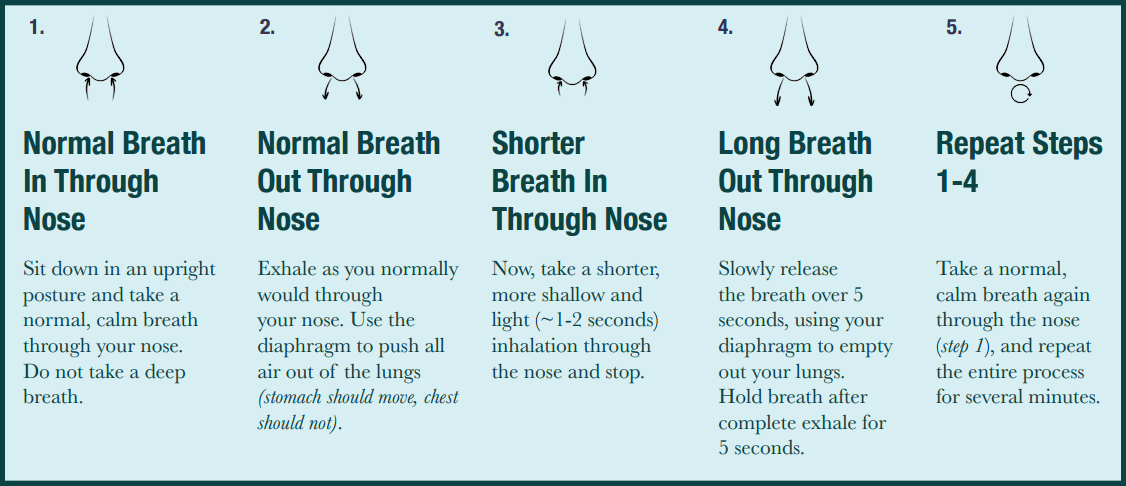
Lung Health and Diaphragmatic Breathing
Many people inadvertently develop a habit of utilizing neck, shoulder, and back muscles, which significantly impedes the airflow in and out of the lungs. A 2016 research study published in the Journal of Physical Therapy Science investigated the effects of diaphragmatic breathing on respiratory function. It utilized two groups, with one practicing feedback breathing exercises and the other engaging in diaphragmatic breathing. The results indicated an increase in lung capacity among the diaphragmatic breathing group (6).
Diaphragmatic breathing effectively strengthens the diaphragm muscle, thereby enhancing the efficiency of lung function. To perform this exercise, focus on breathing from your abdomen, placing one hand on your belly and the other on your chest while inhaling and exhaling. Inhale through the nose for two seconds, and exhale through pursed lips for two seconds. During exhalation, gently press down on your abdomen to ensure proper engagement of your diaphragm muscle (6).
In Conclusion
Numerous breathing exercises can be found on the internet, but the task at hand is to identify the one suitable for your specific condition and overall well-being. Once you've identified your ideal technique, consistent practice can yield long-term benefits for your overall health. Just as physical activities contribute to better lung health, so do breathing exercises.
It's intriguing to note that laughter and singing can also enhance lung health. The movements involved in these activities, particularly those of the lips, facilitate the expulsion of stale air from your lungs, replacing it with a fresh breeze, ultimately increasing lung capacity and benefiting your overall lung health (6).
So, the next time you hear someone singing, even if their voice isn't the most melodious, consider supporting them or applauding their contribution to better lung health!
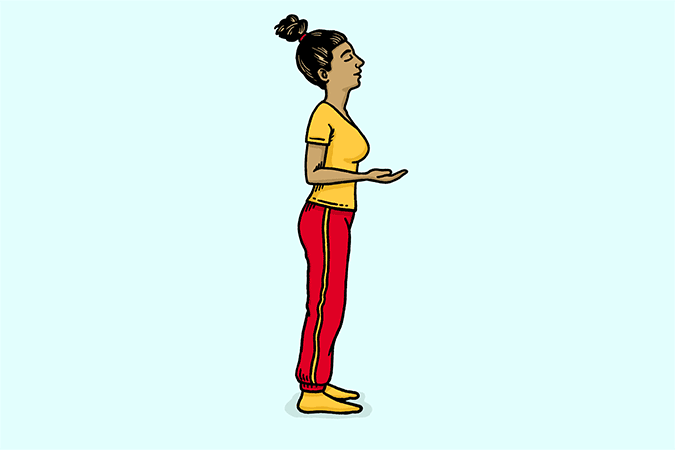
References
- Breathing exercise for stress (2018). National Health Service (NHS). United Kingdom. https://www.nhs.uk/conditions/stress-anxiety-depression/ways-relieve-stress/ (Accessed on October 14, 2020).
- Resolving mental illness issue in Malaysia (n.d). University Malaya Specialist Centre (UMSC). https://umsc.my/umsc_news/resolving-mental-illness-issues-in-malaysia/ (Accessed on October 14, 2020).
- Breathing technique for stress relief (1, 2020). WebMD. https://www.webmd.com/balance/stress-management/stress-relief-breathing-techniques#2 (Accessed on October 14, 2020).
- Bruton A, Lewith GT. The Buteyko breathing technique for asthma: a review. Complementary therapies in medicine. 2005 Mar 1;13(1):41-6.
- Campbell TG, Hoffmann TC, Glasziou PP. Buteyko breathing for asthma. The Cochrane Database of Systematic Reviews. 2018 Aug;2018(8).
- Patient Empower Network (PEN). 5 Easy Ways to Improve you Lung Health (2019). https://powerfulpatients.org/2019/09/27/5-easy-ways-to-improve-your-lung-health/#:~:text=Pursed%2Dlip%20breathing%20lung%20exercises,to%20exhale%20for%2010%20seconds.








